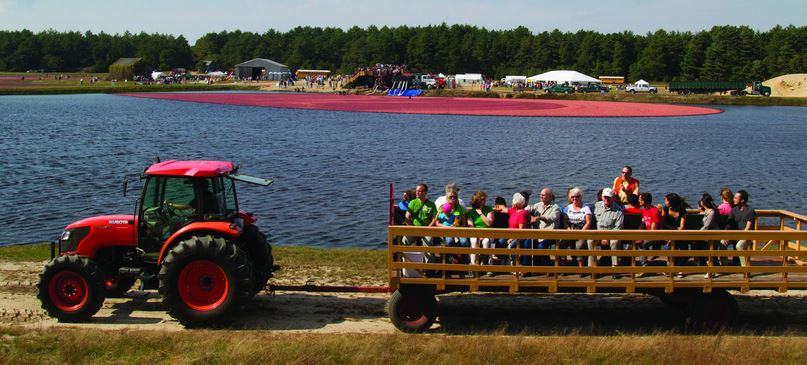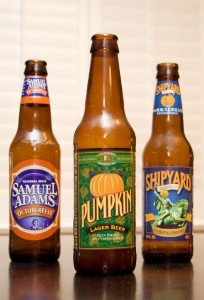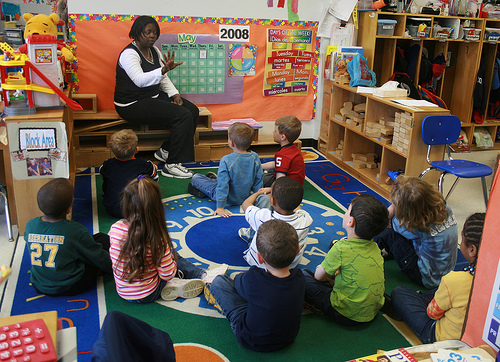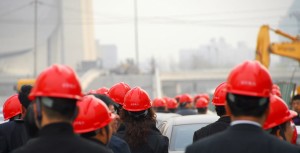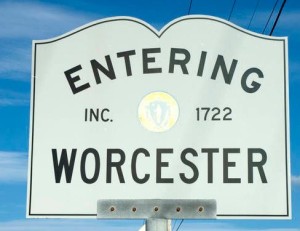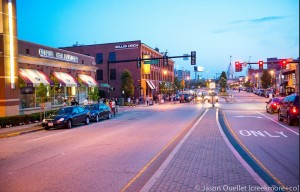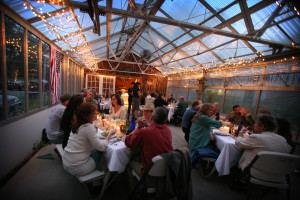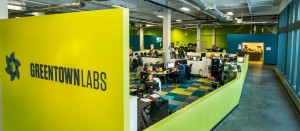If you’re a resident of Massachusetts, you’re certainly no stranger to rent prices that are, well, wicked high. You also aren’t going to be too surprised to hear that rent is continuing to rise . . . and rise, and rise some more. As of early 2016, the average per-person rent in Boston—a city of 655,884 residents—was over $2,000 a month. But why? How come it’s so darn expensive here? It’s cold, it’s snowy, the T is usually late or broken, and the only good thing about the ridiculous traffic is that it makes the potholes seem less severe (sorry folks, we’re just missing summer this week). Regardless, analysts say that the improving economy and the high per-capita income in the commonwealth are two main reasons for our sky-high rent prices.
The real estate data firm Reis, Inc. and online estate sites like Trulia and Rent Jungle have compiled some data on rising rents in Boston and Massachusetts, but we have decided to do our own investigation. We’ve modeled it after Buzzfeed’s “This Is What $1,000 a Month in Rent Would Get You All around the US” article, but have modified it to be a Massachusetts-only version. Just as they did, we tried to find a variety of rent examples, from tiny (often listed as “cozy”) apartments in Boston, to luxurious North End apartments in Cambridge, to rent-to-own houses on the South Shore. Here’s what kind of housing you can get for about $2,000 a month in our wonderful, bustling, sometimes-jaw-droppingly-expensive state:
One-Bedroom Apartment: Boston
Size: 580 ft2
Neighborhood: Chelsea/Box District
Source: Zillow
Amenities: With a fitness center and a parking spot for the used car you bought from your parents, this is an apartment you could easily call home. Additional amenities include hardwood floors, granite countertops, and a roof deck. We recommend using the deck to look over the city and shake your head at all the people who haven’t made out as well as you.
Cozy Studio (Furnished): Boston
Rent: $1,900
Size: 480 ft2
Neighborhood: North End
Source: Craigslist
Amenities: Below ground and with only one window, this “cozy” studio might feel a bit constricting . . . but at least it’s near the historic Freedom Trail? With the “exposed brick, wooden beams, [and] hardwood floors,” you’ll really feel like a part of history in this furnished apartment.
One-Bedroom “Suite”: Boston
Rent: $1,545
Size: Studio (not listed)
Neighborhood: Beacon Street
Source: Craigslist
Amenities: Well, there’s free WiFi, which you can use to look for a new place to live. Plus, the ad advertises carpet. Lucky you.
Two-Bedroom Penthouse: Boston
Rent: $2,000
Size: Not listed
Neighborhood: Lake Avenue
Source: Craigslist
Amenities: Overlooking the water and including a swimming pool, jacuzzi, and built-in wet bar, you surely won’t go thirsty in this place. We can certainly see why they call it a penthouse, with its spiral staircase and working fireplace. Then again, the artisan rug and La-Z-Boy chair may make this place better suited for your grandfather. (Who are we kidding. This is way too classy for grandpa.)
Two-Bedroom Apartment: Framingham
Rent: $1,599
Size: Not listed
Neighborhood: North Framingham
Source: Craigslist
Amenities: Despite being advertised as a winter wonderland, we still couldn’t help but notice the “sparkling, Olympic-sized pool” and think about warmer days. But with the famous Massachusetts winters, even the “warm beige carpeting” sounds pretty good right now. Just make sure you have a couple shovels for that winter wonderland. Two parking spots are included.

Two-Bedroom Apartment with Loft: Westward 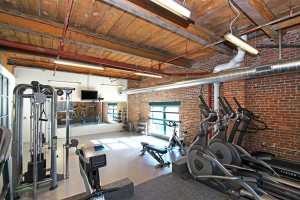
Rent: $2,400
Size: 1,483 ft2
Neighborhood: Abbot Mill
Source: Craigslist
Amenities: We are pining for this beautiful, pine-floored, two-bedroom apartment. With a loft included in each unit, every tenant is sure to feel high above everyone else. Plus, after a few visits to the private fitness center, both you and your state-of-the-art cooking appliances will be made of pure steel.
Three-Bedroom House: Northampton
Rent: $2,400
Size: 1,945 ft2
Neighborhood: Florence
Source: Craigslist
Amenities: If you like Tetris, then this is the house for you! Two decks, a sunroom, and skylights will have you feeling blissfully connected to your yard (which you are responsible for maintaining). You also have to remove your own trash, shovel the driveway, and mow the lawn. But hey! There’s a hot tub and patio furniture, so you can start planning lawn parties whenever you’re ready.


Three-Bedroom House: Dennis Port/Cape Cod
Rent: $2,150
Size: Not listed
Neighborhood: Dennis Port
Source: Craigslist
Amenities: This is a classic Victorian house you can use to live out your dreams on Cape Cod. Remodeled with “many extras” (we really don’t know what that means) and “custom workmanship” (also a bit unsettling), even the birdhouses look like no other. Just remember to keep your pinky out when sipping tea in your “formal dining area.”
Two-Bedroom Condo:
West Harwich/Cape Cod
Rent: $2,000
Size: 1,209 ft2
Neighborhood: West Harwich
Source: Craigslist
Amenities: Pack your suits and start driving . . . you won’t need much else at this furnished oceanfront apartment (though you’ll have to leave your Boston Terrier at home, as there are no pets allowed here). Don’t worry, though: With your ocean views, sandy beaches, and ten-minute walk to “quaint shops and restaurants,” you’ll soon forget all about Mr. Barkley.
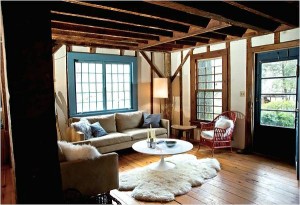
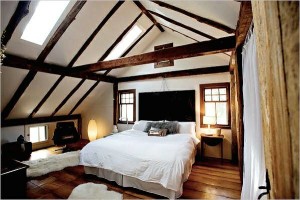
Two-Bedroom Farmhouse: Berkshires
Rent: $2,200
Size: 1,840 ft2
Neighborhood: Berkshires
Source: Craigslist
Amenities: This is considered a “post-and-beam home,” which we assume means you can post pictures of your new house online and beam as people’s jaws drop in awe. Take your morning walk along the “seasonal brook” and then enjoy breakfast in your kitchen with “high-end furnishings.” When your mom comes to visit, show her your house, featured in New York Times’ Great Homes and Destinations.
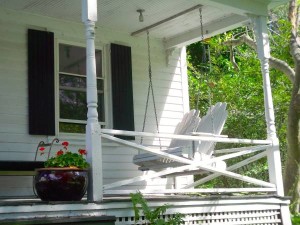
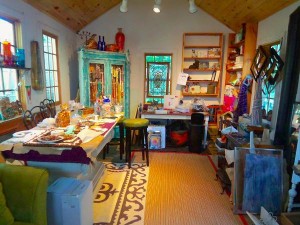
Three-Bedroom House and Studio: Great Barrington
Rent: $2,300
Size: 1,375 ft2
Neighborhood: Great Barrington
Source: Craigslist
Amenities: Crazy cat lady? Crazy craft lady? Both are encouraged at this “highly [energy] efficient” three-bedroom house. When summer rolls around, pick fruit from the trees in your fenced-in backyard or create masterpieces in your heated craft barn. End the day sipping lemonade and swinging on your “darling front porch.” Darling.
Wherever you live in the commonwealth, do your best to make it a home. After all, you’re probably paying an arm and leg to live there, so you might as well enjoy it. We’d love to hear your insights on ever-rising rent prices in MA and how your rent and amenities compare. Happy house-hunting!



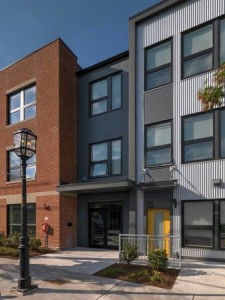


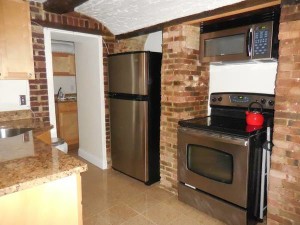






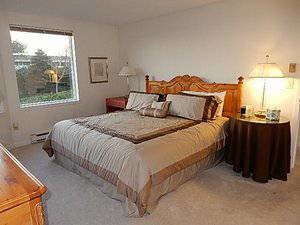
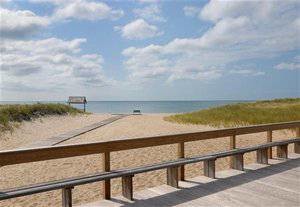
 BPA and the Debated Sins of Styrofoam
BPA and the Debated Sins of Styrofoam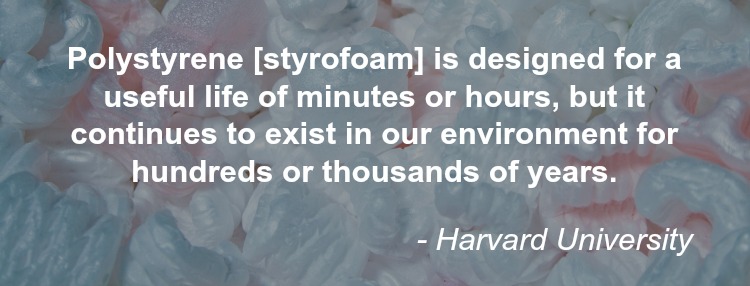
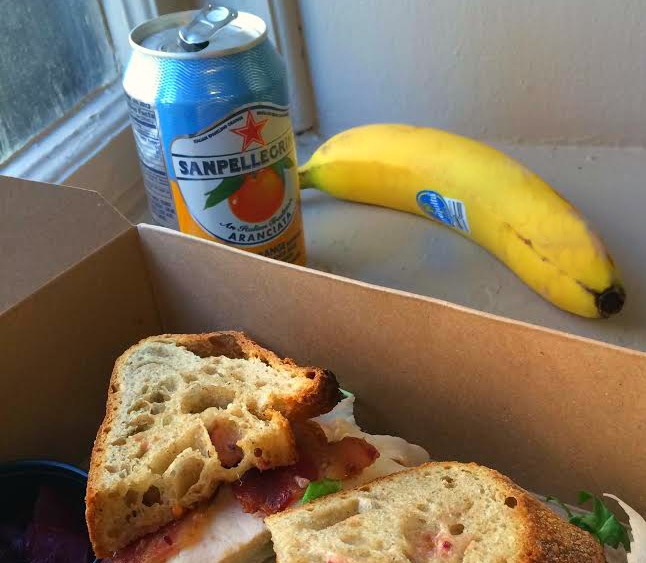
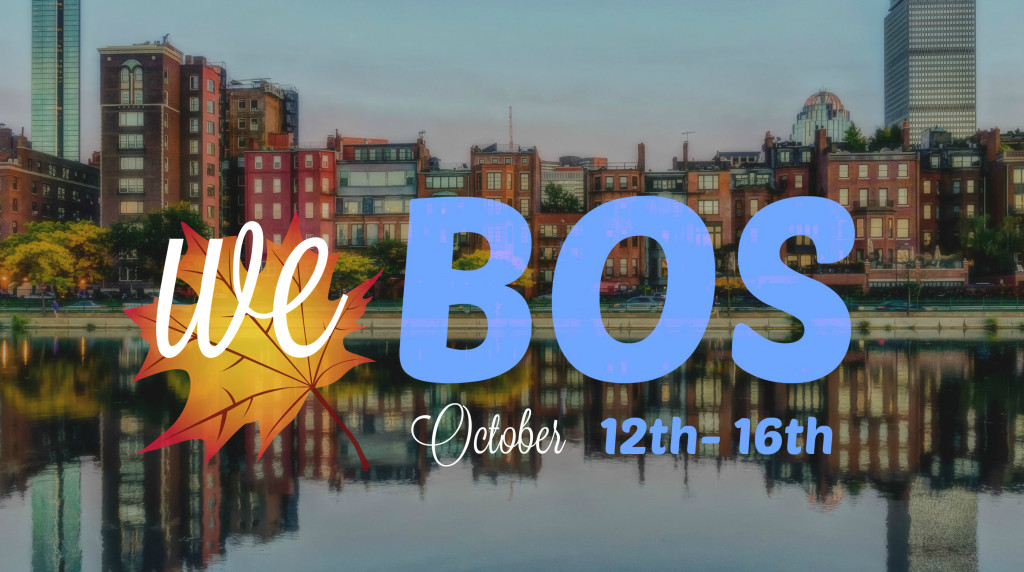

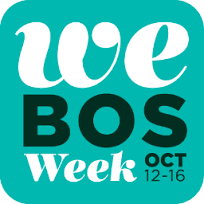 WE BOS Becomes Part of Women Entrepreneurs Week in October 2015
WE BOS Becomes Part of Women Entrepreneurs Week in October 2015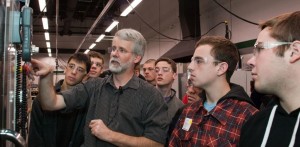 But here’s the cold, hard truth of it all:
But here’s the cold, hard truth of it all:  With regard to “going green” and reducing a company’s carbon footprint, Millennials are proving themselves to be the most informed generation yet. Many Millennials dedicate their educational careers studying in fields that that didn’t even exist when the Boomers and the Gen X-ers were in school, like the philosophy of sustainability, sustainable development, and the art and science of sustainability. Millennials are able to both fill the available positions in the industry and skillfully rejuvenate manufacturing to better align it with the times.
With regard to “going green” and reducing a company’s carbon footprint, Millennials are proving themselves to be the most informed generation yet. Many Millennials dedicate their educational careers studying in fields that that didn’t even exist when the Boomers and the Gen X-ers were in school, like the philosophy of sustainability, sustainable development, and the art and science of sustainability. Millennials are able to both fill the available positions in the industry and skillfully rejuvenate manufacturing to better align it with the times.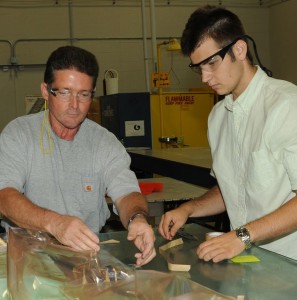
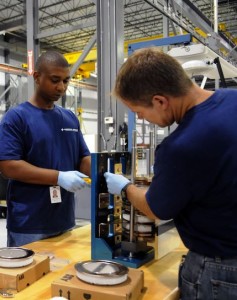
 Fall in New England has always attracted crowds of hikers, bikers, zipliners, wine-drinkers, leaf-peepers, shopaholics, and anyone simply hoping to enjoy the crisp autumn air. However, over the past few years, seasonal sales have been better than ever. Some believe the region’s success can be linked to a growing interest in fall-themed festivals and the development of destinations like Salem, MA, nationally known for its Halloween-oriented history of witchcraft.
Fall in New England has always attracted crowds of hikers, bikers, zipliners, wine-drinkers, leaf-peepers, shopaholics, and anyone simply hoping to enjoy the crisp autumn air. However, over the past few years, seasonal sales have been better than ever. Some believe the region’s success can be linked to a growing interest in fall-themed festivals and the development of destinations like Salem, MA, nationally known for its Halloween-oriented history of witchcraft.